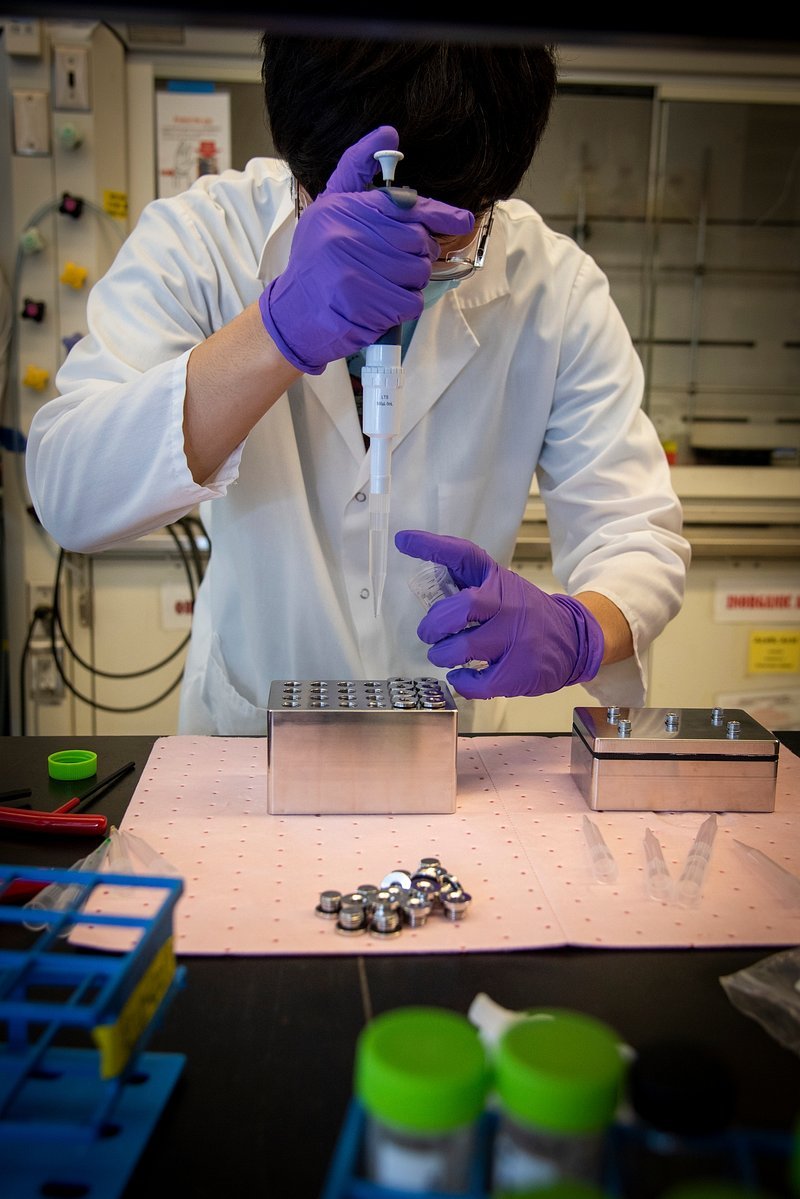The synthetic biology revolution is reshaping our approach to biological systems, with DNA and RNA synthesis technologies at the forefront of this transformation. As a researcher examining the convergence of biology, engineering, and computational sciences, I’ve observed remarkable growth trajectories in this field. The global synthetic biology market, valued at $19.91 billion in 2024, is projected to reach $53.13 billion by 2033, representing a robust CAGR of 10.7% during this period. This growth reflects the increasing application of engineered biological systems across multiple sectors and warrants a comprehensive analysis of current research trends.
Biology – Current Landscape and Market Dynamics
Synthetic biology operates at the intersection of multiple disciplines, enabling scientists to design and modify biological components for specific applications. The field has evolved from simple genetic manipulations to complex system-wide engineering approaches. Current market dynamics are shaped by several factors, including technological advancements, increased funding, and expanding application domains.
The core technologies driving this growth include CRISPR-Cas9 gene editing, metabolic engineering, and DNA synthesis platforms. These tools allow researchers to create novel biological systems with unprecedented precision and efficiency. The applications span diverse sectors, from pharmaceutical manufacturing and sustainable biofuels to agricultural improvements and environmental remediation.
Recent market analyses indicate that oligonucleotide synthesis, enzymes, and cloning technologies constitute significant market segments. The healthcare sector remains the largest end-user, followed by industrial applications and agricultural innovations. This diverse application landscape contributes to the field’s resilience and growth potential.

Biology – Technological Breakthroughs Reshaping the Field
AI Integration in Bioengineering – Biology
The marriage of artificial intelligence with synthetic biology represents perhaps the most significant paradigm shift in recent years. AI-powered tools are revolutionizing multiple aspects of bioengineering workflows, from gene editing optimization to protein design and metabolic pathway engineering.
DeepMind’s AlphaFold and similar platforms have transformed protein structure prediction, dramatically accelerating enzyme engineering and therapeutic protein development. These tools enable researchers to predict protein folding patterns with remarkable accuracy, reducing the time and resources required for experimental validation.
In February 2025, Capgemini introduced a groundbreaking generative AI-driven protein large language model (pLLM) that reduces protein design data points by 99%. This innovation significantly accelerates R&D processes across healthcare, agriculture, and environmental science applications. The patent-pending approach exemplifies how computational tools can enhance bioengineering efficiency while reducing research time and associated costs.
AI-driven automation is also streamlining laboratory processes, enabling high-throughput experimentation and data analysis. These systems can design, execute, and analyze thousands of experiments simultaneously, identifying optimal conditions for biological systems with minimal human intervention.
Cell-Free Systems: Biology Beyond Cells
Another transformative trend is the development of cell-free synthetic biology platforms. These systems enable biological reactions to occur outside living cells, offering several advantages over traditional cell-based approaches. The technology provides faster prototyping capabilities, improved biosynthetic control, and reduced variability in biomanufacturing processes.
Cell-free systems have proven particularly valuable for rapid prototyping of genetic circuits, enzyme production, and biosensor development. They allow researchers to bypass many of the constraints associated with working within cellular environments, such as toxicity issues and growth requirements.
Northwestern University’s collaboration with the U.S. Army to establish the Cell-Free Biomanufacturing Institute in March 2022 highlights the strategic importance of this technology. The institute focuses on advancing synthetic biology applications for both military and civilian purposes, emphasizing scalable and flexible manufacturing solutions.
Applications Driving Market Growth
Precision Medicine and Therapeutic Development – Biology
The application of synthetic biology in healthcare extends beyond traditional drug development to include regenerative medicine, gene therapies, and personalized treatment approaches. Engineered cellular therapies, such as CAR-T cells for cancer treatment, represent successful clinical applications of synthetic biology principles.
Recent research has focused on developing programmable cellular therapies that can perform complex functions, such as sensing disease biomarkers and delivering therapeutic payloads in response. These “living medicines” represent a frontier in healthcare, potentially offering precision treatments for previously intractable conditions.
Additionally, synthetic biology techniques are accelerating vaccine development, as evidenced by the rapid creation of mRNA vaccines during the COVID-19 pandemic. This success has catalyzed further investment in synthetic biology platforms for infectious disease response.
Sustainable Biomanufacturing
Environmental sustainability represents another major application domain. Synthetic biology is enabling the development of bio-based alternatives to petrochemical products, including biofuels, bioplastics, and specialty chemicals.
The January 2023 partnership between the National Renewable Energy Laboratory (NREL), LanzaTech, Northwestern University, and Yale University exemplifies this trend. Their collaborative project integrates genome engineering and machine learning to develop industrial-scale, carbon-negative solutions for biofuels and biochemicals. This initiative aims to reduce dependence on fossil fuels while creating sustainable biomanufacturing pathways.

Challenges and Future Directions
Despite promising advances, several challenges remain in the synthetic biology field. Biosecurity concerns, regulatory frameworks, and ethical considerations continue to shape research directions. The complexity of biological systems also presents technical challenges, particularly when scaling laboratory successes to industrial applications.
Future research will likely focus on improving robustness and predictability in engineered biological systems. This includes developing better computational models, standardizing biological parts, and creating more sophisticated genetic circuits with enhanced control mechanisms.
Interdisciplinary collaboration will be essential for addressing these challenges. The most promising advances are emerging from partnerships between academic institutions, biotechnology companies, and technology providers. These collaborations bring together diverse expertise, from molecular biology and bioinformatics to engineering and computational sciences.
Market Trends and Regional Dynamics
Market analysis reveals distinct regional patterns in synthetic biology research and commercialization. North America maintains leadership position, driven by substantial research funding, a robust biotechnology industry, and favorable regulatory environments. However, the Asia-Pacific region is experiencing the fastest growth, with significant investments in biomanufacturing capabilities.
Europe maintains a strong position in sustainable bioeconomy applications, with particular emphasis on circular economy principles and bio-based industrial processes. The region’s regulatory framework encourages responsible innovation while addressing safety and ethical considerations.
Emerging economies are increasingly participating in synthetic biology research, often focusing on applications relevant to local challenges such as agricultural productivity, healthcare access, and environmental remediation. This geographical diversification is contributing to a more robust global innovation ecosystem.
The synthetic biology market is maturing as evidenced by increased mergers, acquisitions, and strategic partnerships. These business dynamics are accelerating technology transfer from research laboratories to commercial applications, shortening the timeline from discovery to market impact.
As we look toward 2033, the synthetic biology landscape will likely be characterized by increasingly automated workflows, more sophisticated computational tools, and expanded application domains. The integration of multiple technologies—genomics, materials science, advanced computing, and manufacturing—will continue to drive innovation in this dynamic field. Researchers, policymakers, and industry participants must collaborate to ensure that these powerful technologies develop in ways that maximize benefits while mitigating potential risks.



